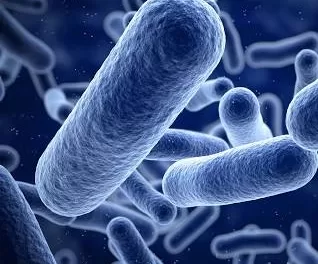In a monumental breakthrough with far-reaching implications for medical treatment and material engineering, scientists from The University of Manchester have unveiled a pioneering molecular device capable of precisely controlling the release of multiple small molecules using force.
Published today in the prestigious journal Nature, the research introduces a revolutionary force-controlled release system that leverages natural forces to trigger the targeted release of molecules. This innovation has the potential to revolutionize medical therapies and advance the development of smart materials.
The breakthrough revolves around a novel technique employing a unique type of interlocked molecule called rotaxane. This molecular structure, under the influence of mechanical force, can activate the release of functional molecules, such as medicines or healing agents, with exceptional precision. For instance, the system could precisely target the site of a tumor or facilitate the self-repair of damaged materials, like a scratch on a phone screen.
Professor Guillaume De Bo, leading the research team, expressed the transformative potential of harnessing natural forces for medical and material applications. “Forces are ubiquitous in nature and play pivotal roles in various processes,” he explained. “Our aim was to exploit these forces for transformative applications, particularly in material durability and drug delivery.”
Traditionally, controlled release systems faced challenges in releasing multiple molecules simultaneously. The new approach, however, overcomes these limitations by utilizing two polymer chains attached to a central ring-like structure that can slide along an axle supporting the cargo. This mechanism enables the release of multiple cargo molecules in response to force application, marking a significant advancement in release systems.
The researchers demonstrated the versatility of their model by successfully releasing up to five molecules simultaneously, showcasing the efficiency and potential of the technology. Furthermore, the system exhibited adaptability by releasing various types of molecules, including drug compounds, fluorescent markers, catalysts, and monomers, hinting at a vast array of future applications.
Looking ahead, the researchers plan to delve deeper into self-healing applications, exploring the integration of different types of molecules to enable polymerization at the site of damage. This integrated self-healing system within materials could revolutionize material engineering and extend the lifespan of various products.
“We’ve barely scratched the surface of what this technology can achieve,” Professor De Bo emphasized. “The possibilities are limitless, and we’re excited to explore further.”
The groundbreaking research represents a significant step forward in molecular engineering and holds promise for transformative advancements in healthcare and technology.












